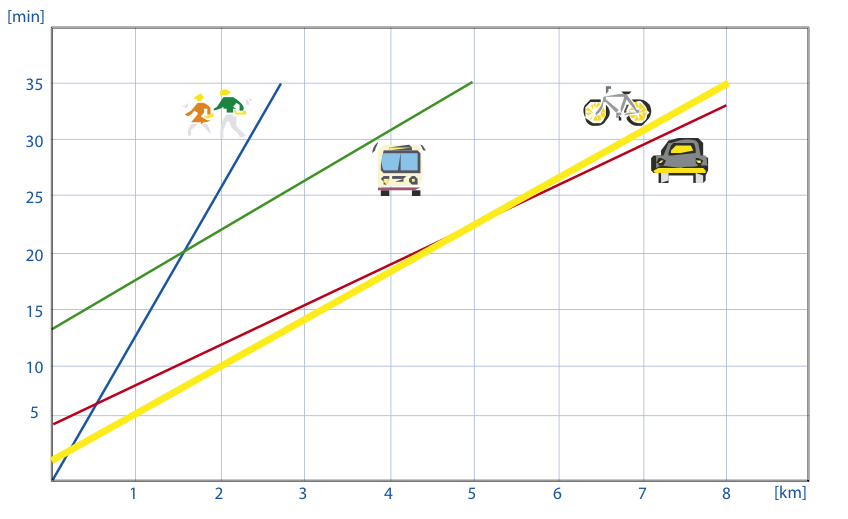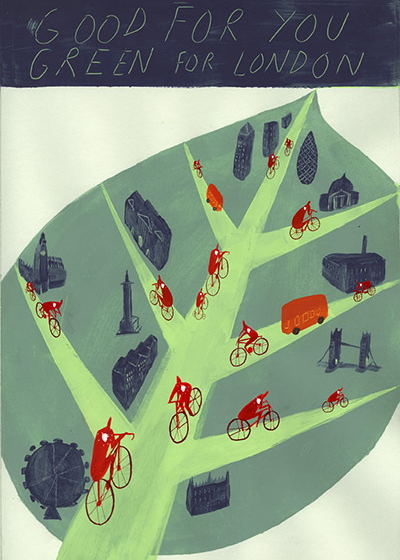This report has been prepared to identify legal and institutional barriers to the integration of land use and transport planning in New Zealand. The research undertaken for the report was carried out between July 2006 and August 2007, as part of Land Transport New Zealand’s 2006/2007 Research Programme.
Over the last decade, the integration of land use and transport has gained increasing international attention. In large part, this trend has been necessitated by the growing environmental and social impacts of road networks and motor vehicle use. These impacts are widely seen as being exacerbated by a lack of integration between land use and transport planning.
Recent developments in New Zealand have also led to an emerging awareness of the importance of integrating land use and transport planning. The introduction of the New Zealand Transport Strategy and the Land Transport Management Act 2003 has served to focus attention on improving transport planning. In response, the Ministry of Transport has identified integration as one of four strategic priorities for the sector.
While the principle of integration is becoming established, its implementation remains
problematic. Overseas experience shows there are often significant legal and institutional barriers to integration, many resulting from the traditional separation of land use and transport planning. Identifying and addressing these barriers is, therefore, critical if
planning processes are to work together to achieve sustainable transport outcomes.
In summary, the main aspects of New Zealand’s planning arrangements that appear to be
hindering integration are the:
• allocation of planning functions across a range of different organisations
• limited linkages between land use and transport plans
• lack of common goals and policies to guide planning outcomes
• disparities in public access to decision-making processes and limited opportunities for
the public to genuinely influence transport decisions
• funding and assessment processes that do not support land use and transport integration.



